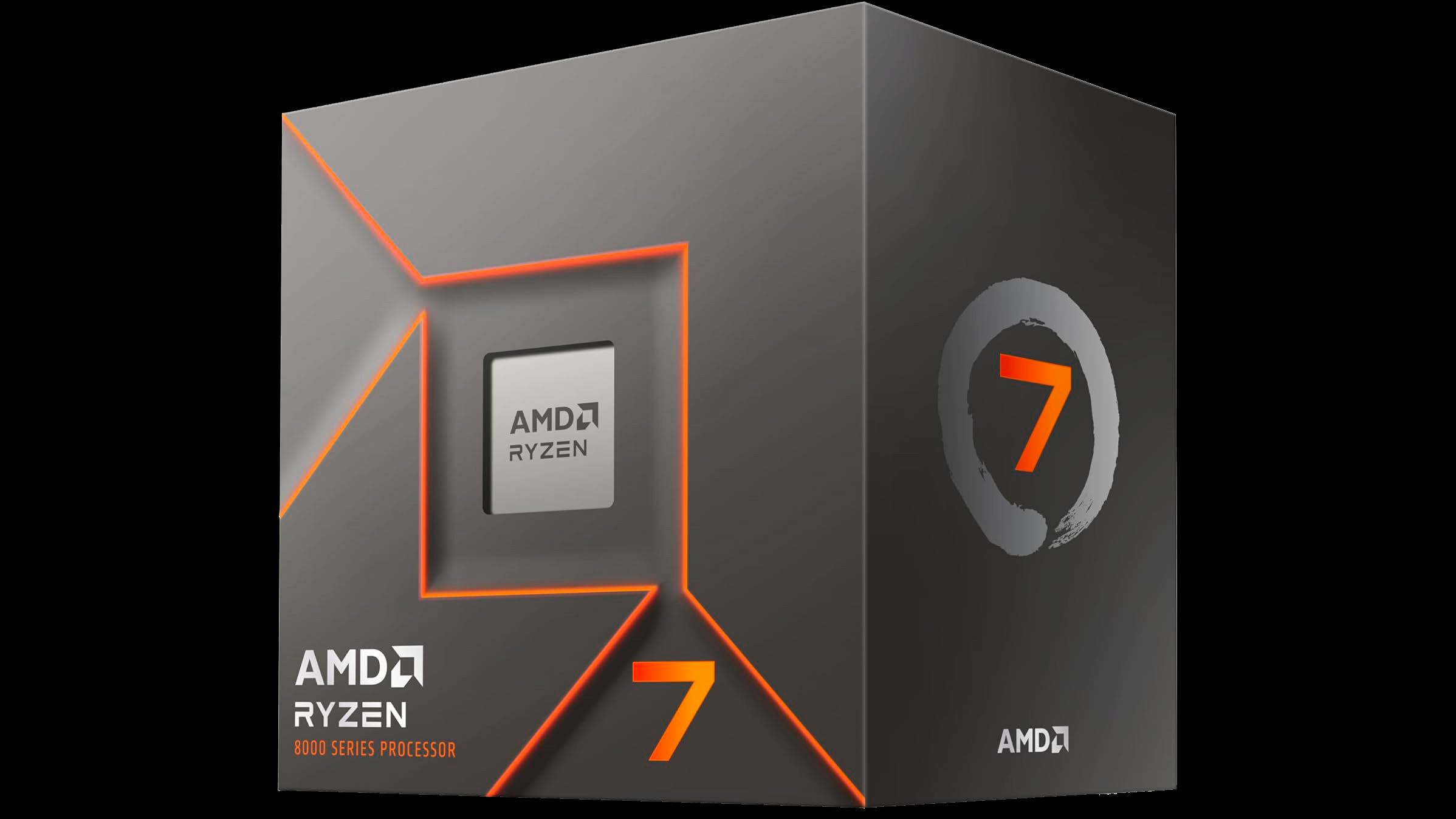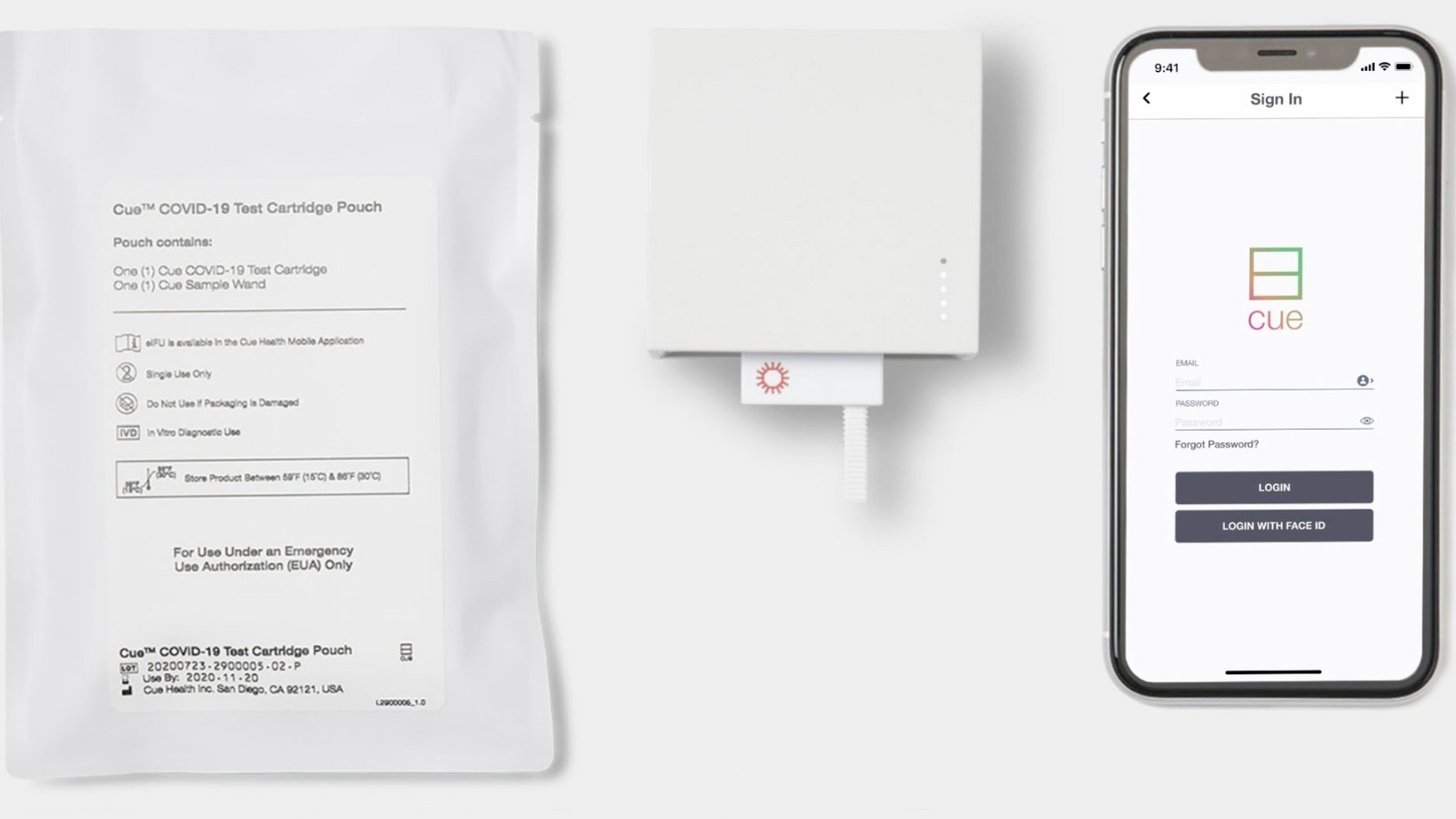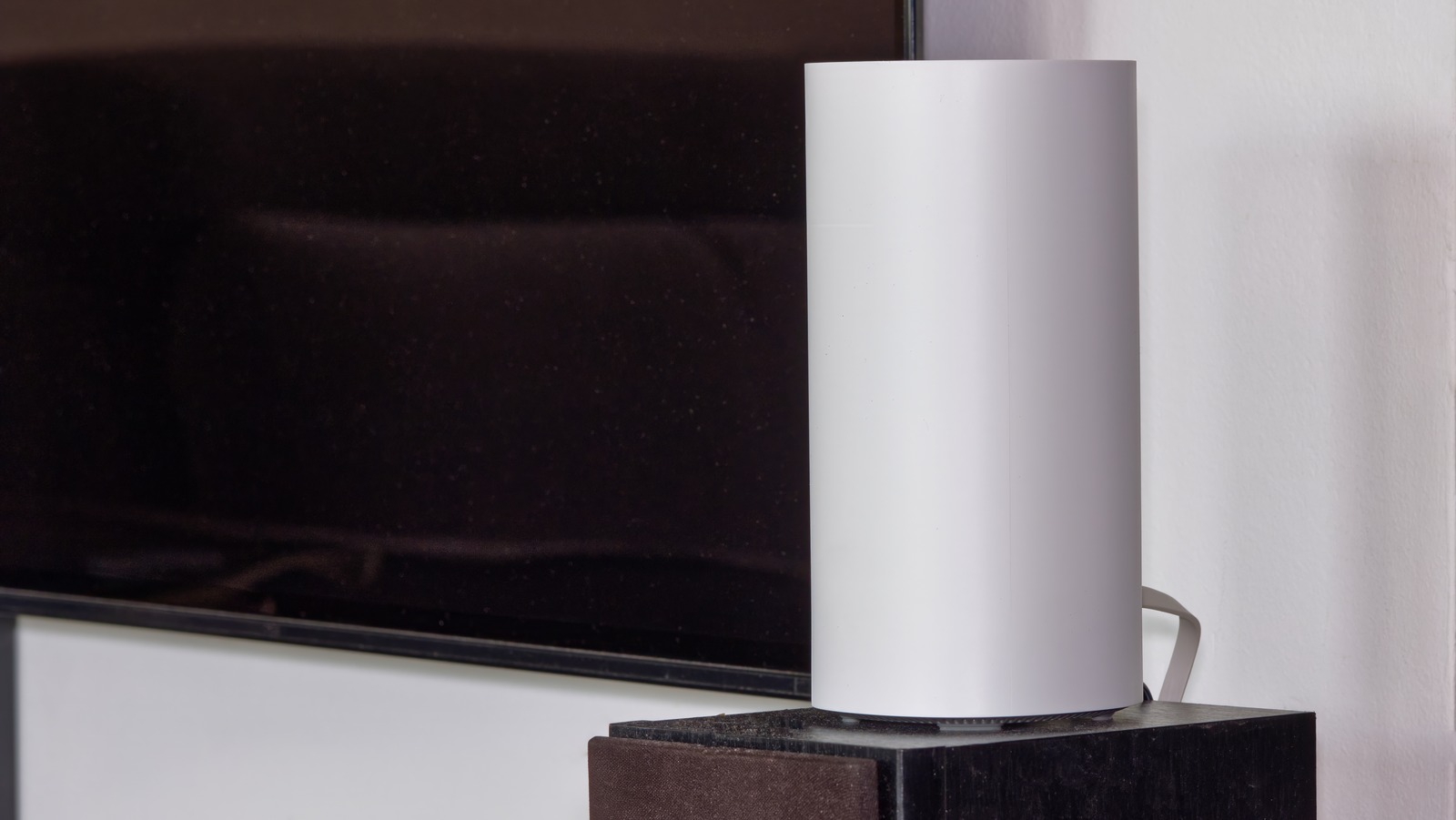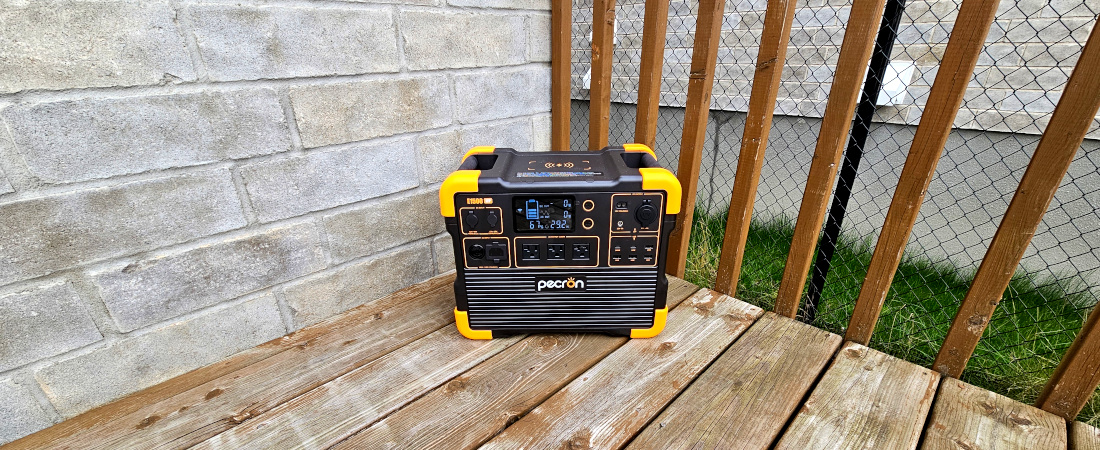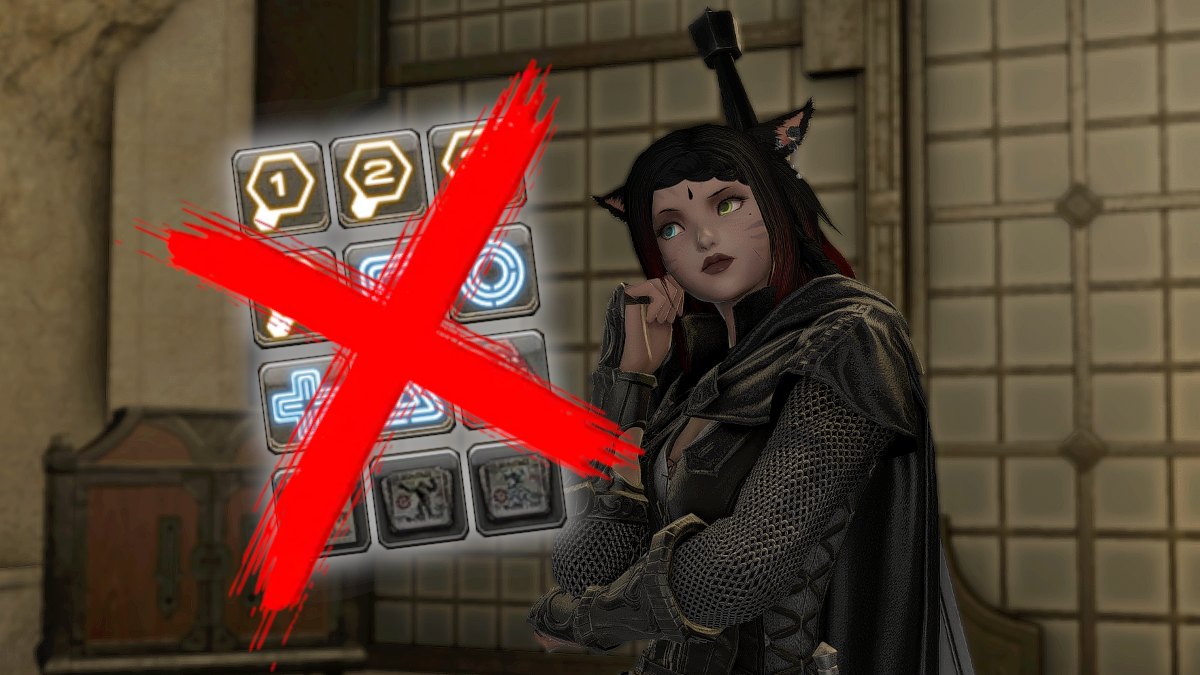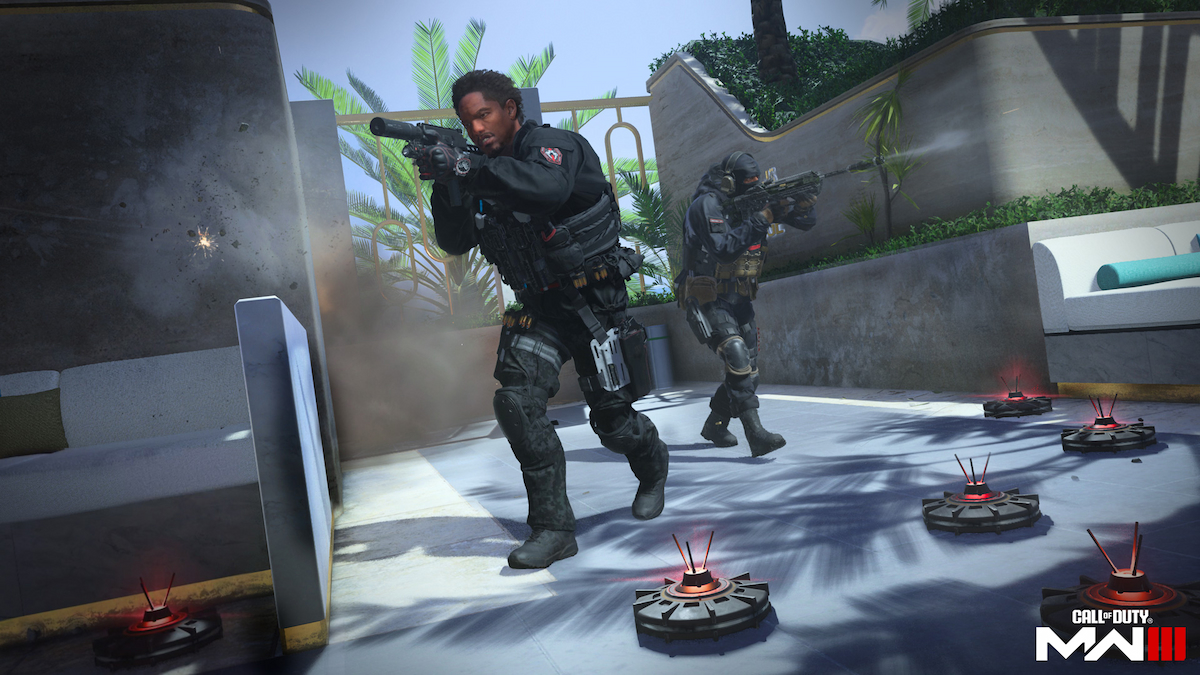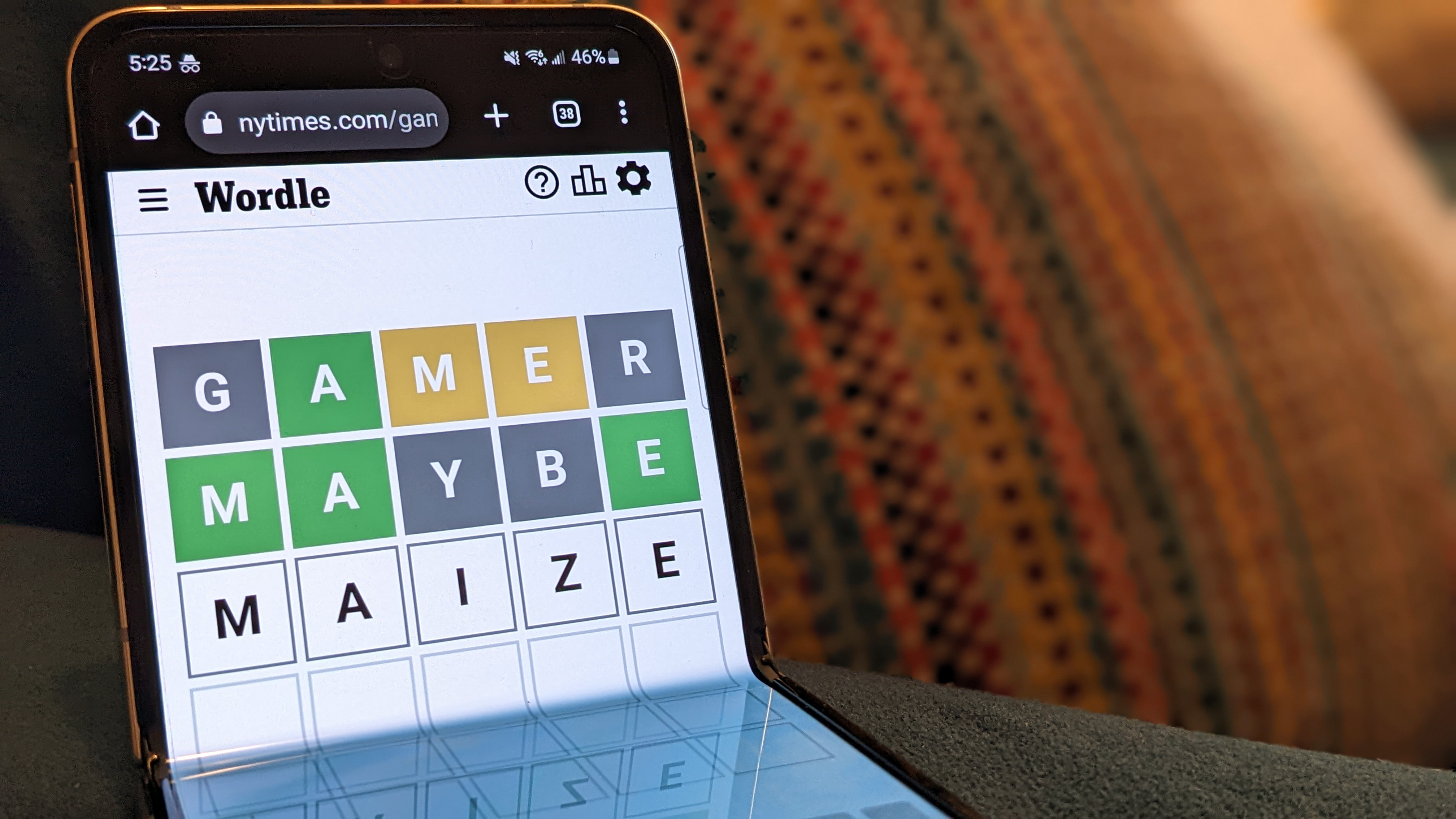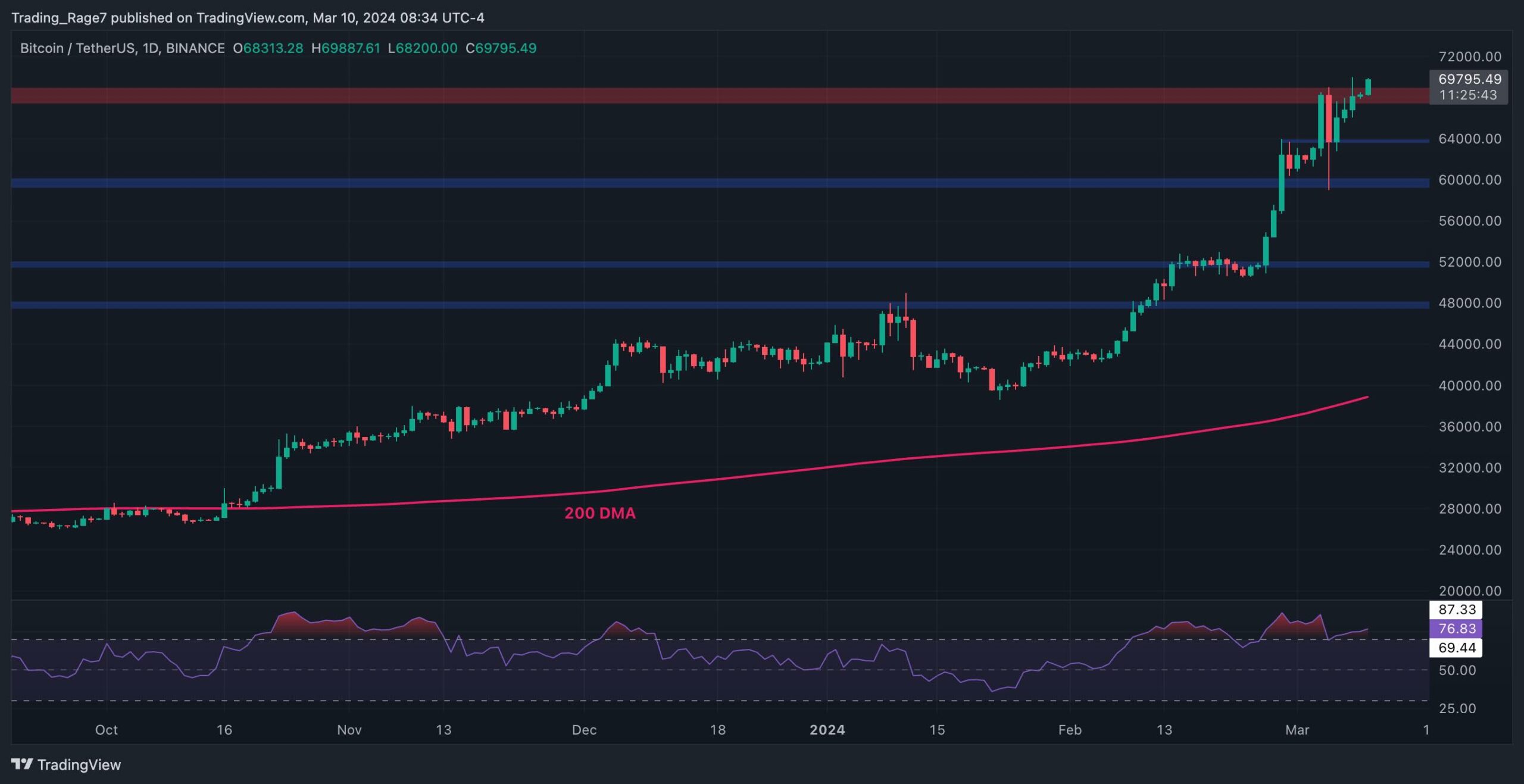AMD Radeon RX 7900 GRE review: $549 competition for Nvidia
AMD’s latest GPU targets Nvidia’s RTX 4070. AMD is launching its Radeon RX 7900 GRE worldwide today in a bid to compete with Nvidia’s RTX 4070. This new-ish GPU is priced at the same $549 as the RTX 4070, but it offers better performance and 16GB of VRAM instead of just 12GB. The RX 700 GRE was previously limited to the Chinese market, designed primarily with 1440p gaming in mind. Now, AMD is opening it up worldwide in a bid to offer some solid competition to the RTX 4070. The RX 7900 GRE is around 11 percent faster than the RTX 4070 at 1440p, making it yet another option to pair with the latest high-speed 1440p OLED monitors currently hitting shelves. The $549 RX 7900 GRE arrives just weeks after Nvidia cut the pricing of the RTX 4070 after it launched the $599 RTX 4070 Super. AMD’s RX 7900 GRE even trades blows in some games with Nvidia’s RTX 4070 Super, so this card will undoubtedly put price pressure on Nvidia’s $549 RTX 4070 and even AMD’s own $499 RX 7800 XT. Hardware AMD is leaning on its board partner designs for the RX 7900 GRE. I’ve been testing XFX’s model, which is based on AMD’s reference design. The card has a triple-fan layout that’s incredibly long at 13.2 inches. Yes, that’s longer than an RTX 4090, so definitely check to make sure your case can squeeze it in. The total board power is 260 watts for the Radeon RX 7900 GRE, 60 watts more than the total board power of Nvidia’s RTX 4070. AMD recommends a 700-watt power supply for this card, which is again more than the 650-watt recommendation for both the RTX 4070 and 4070 Super. The RX 7900 GRE has three DisplayPorts and a single HDMI. The RX 7900 GRE comes with three DisplayPort 2.1 outputs and a single HDMI 2.1 port at the rear. While this GPU won’t output the types of high frame rates at 4K that you’ll need to take advantage of DisplayPort 2.1 at 4K (up to 480Hz) with HDR enabled, it’s still good to see that AMD continues to futureproof its Radeon cards. Nvidia only offers DisplayPort 1.4 on its 40-series GPUs. AMD is also sticking with the tried-and-true eight-pin connectors here. You don’t have to worry about the latest 12VHPWR power connector or clunky adapters, as there are two eight-pin connectors on the RX 7900 GRE. One of the best hardware aspects of AMD’s RX 7900 GRE is the 16GB of VRAM. It operates at 18Gbps, slower than the 21Gbps on both the RTX 4070 and RTX 4070 Super. But AMD has opted for a 256-bit memory bus on the RX 7900 GRE, so the memory bandwidth is 576GB/s instead of the 504GB/s found on the RTX 4070 / 4070 Super. 1440p benchmarks For 1440p testing, I paired the RX 7900 GRE with AMD’s latest Ryzen 7 7800X3D processor and Samsung’s 32-inch G7 monitor. This monitor can support up to 240Hz, so it’s ideal for high refresh rate 1440p gaming. I put the RX 7900 GRE head-to-head with the RTX 4070 and a collection of other Radeon and GeForce cards. I’ve tested a variety of games at high or ultra settings, and the RX 7900 GRE was able to reach 100fps or beyond in most — making this an ideal 1440p GPU. The RX 7900 GRE is around 11 percent faster than Nvidia’s RTX 4070 at 1440p. It only loses out in ray-tracing performance in Watch Dogs: Legion because there isn’t support for AMD’s FSR upscaling tech in this particular title. Otherwise, the 7900 GRE comfortably beats Nvidia’s RTX 4070. Even in Metro Exodus Enhanced, running at both ultra and extreme settings, the RX 7900 GRE easily beats out the RTX 4070 and even comes close to matching the RTX 4070 Super. Metro Exodus Enhanced is demanding even by modern standards, particularly at these high settings. Overall, though, the RX 7900 GRE loses to the RTX 4070 Super in most titles, but it’s a really close gap considering you’re paying $50 extra for Nvidia’s latest GPU. That extra $50 is probably worth it if you’re interested in using DLSS or any ray-traced games, as AMD’s latest FSR 3 tech is still only supported in a handful of games and DLSS is still far better than FSR 2. AMD has stuck with the regular eight-pin power connectors. 4K benchmarks I paired the RX 7900 GRE with Acer’s 31.5-inch Nitro XV2 monitor that’s capable of refresh rates up to 144Hz. The RX 7900 GRE isn’t a card I’d recommend for 4K gaming, but with the 16GB of VRAM on board, it can offer some entry-level 4K support if you’re willing to drop the settings down a notch. On average, the RX 7900 GRE is 14 percent faster than Nvidia’s RTX 4070 at 4K. That’s a comfortable gap, and it makes it more tempting for 4K, especially if you’ve already got a 1440p monitor and you’re thinking of going 4K soon. Nvidia’s RTX 4070 Super certainly closes the gap on the RX 7900 GRE at 4K, though, winning in most tests. AMD has FSR 3 to improve the 4K frame rates, by using a combination of temporal upscaling and frame generation. While there aren’t enough games that support this yet, AMD has also launched Fluid Motion Frames, which brings frame generation to all DirectX 11 and 12 games. We haven’t had enough time to incorporat
/cdn.vox-cdn.com/uploads/chorus_asset/file/25305199/twarren_rx7900gre4.jpg)
AMD’s latest GPU targets Nvidia’s RTX 4070.
AMD is launching its Radeon RX 7900 GRE worldwide today in a bid to compete with Nvidia’s RTX 4070. This new-ish GPU is priced at the same $549 as the RTX 4070, but it offers better performance and 16GB of VRAM instead of just 12GB.
The RX 700 GRE was previously limited to the Chinese market, designed primarily with 1440p gaming in mind. Now, AMD is opening it up worldwide in a bid to offer some solid competition to the RTX 4070. The RX 7900 GRE is around 11 percent faster than the RTX 4070 at 1440p, making it yet another option to pair with the latest high-speed 1440p OLED monitors currently hitting shelves.
The $549 RX 7900 GRE arrives just weeks after Nvidia cut the pricing of the RTX 4070 after it launched the $599 RTX 4070 Super. AMD’s RX 7900 GRE even trades blows in some games with Nvidia’s RTX 4070 Super, so this card will undoubtedly put price pressure on Nvidia’s $549 RTX 4070 and even AMD’s own $499 RX 7800 XT.
Hardware
AMD is leaning on its board partner designs for the RX 7900 GRE. I’ve been testing XFX’s model, which is based on AMD’s reference design. The card has a triple-fan layout that’s incredibly long at 13.2 inches. Yes, that’s longer than an RTX 4090, so definitely check to make sure your case can squeeze it in.
The total board power is 260 watts for the Radeon RX 7900 GRE, 60 watts more than the total board power of Nvidia’s RTX 4070. AMD recommends a 700-watt power supply for this card, which is again more than the 650-watt recommendation for both the RTX 4070 and 4070 Super.
/cdn.vox-cdn.com/uploads/chorus_asset/file/25305197/twarren_rx7900gre2.jpg)
The RX 7900 GRE comes with three DisplayPort 2.1 outputs and a single HDMI 2.1 port at the rear. While this GPU won’t output the types of high frame rates at 4K that you’ll need to take advantage of DisplayPort 2.1 at 4K (up to 480Hz) with HDR enabled, it’s still good to see that AMD continues to futureproof its Radeon cards. Nvidia only offers DisplayPort 1.4 on its 40-series GPUs.
AMD is also sticking with the tried-and-true eight-pin connectors here. You don’t have to worry about the latest 12VHPWR power connector or clunky adapters, as there are two eight-pin connectors on the RX 7900 GRE.
One of the best hardware aspects of AMD’s RX 7900 GRE is the 16GB of VRAM. It operates at 18Gbps, slower than the 21Gbps on both the RTX 4070 and RTX 4070 Super. But AMD has opted for a 256-bit memory bus on the RX 7900 GRE, so the memory bandwidth is 576GB/s instead of the 504GB/s found on the RTX 4070 / 4070 Super.
1440p benchmarks
For 1440p testing, I paired the RX 7900 GRE with AMD’s latest Ryzen 7 7800X3D processor and Samsung’s 32-inch G7 monitor. This monitor can support up to 240Hz, so it’s ideal for high refresh rate 1440p gaming.
I put the RX 7900 GRE head-to-head with the RTX 4070 and a collection of other Radeon and GeForce cards. I’ve tested a variety of games at high or ultra settings, and the RX 7900 GRE was able to reach 100fps or beyond in most — making this an ideal 1440p GPU.
The RX 7900 GRE is around 11 percent faster than Nvidia’s RTX 4070 at 1440p. It only loses out in ray-tracing performance in Watch Dogs: Legion because there isn’t support for AMD’s FSR upscaling tech in this particular title. Otherwise, the 7900 GRE comfortably beats Nvidia’s RTX 4070.
Even in Metro Exodus Enhanced, running at both ultra and extreme settings, the RX 7900 GRE easily beats out the RTX 4070 and even comes close to matching the RTX 4070 Super. Metro Exodus Enhanced is demanding even by modern standards, particularly at these high settings.
Overall, though, the RX 7900 GRE loses to the RTX 4070 Super in most titles, but it’s a really close gap considering you’re paying $50 extra for Nvidia’s latest GPU. That extra $50 is probably worth it if you’re interested in using DLSS or any ray-traced games, as AMD’s latest FSR 3 tech is still only supported in a handful of games and DLSS is still far better than FSR 2.
/cdn.vox-cdn.com/uploads/chorus_asset/file/25305196/twarren_rx7900gre1.jpg)
4K benchmarks
I paired the RX 7900 GRE with Acer’s 31.5-inch Nitro XV2 monitor that’s capable of refresh rates up to 144Hz. The RX 7900 GRE isn’t a card I’d recommend for 4K gaming, but with the 16GB of VRAM on board, it can offer some entry-level 4K support if you’re willing to drop the settings down a notch.
On average, the RX 7900 GRE is 14 percent faster than Nvidia’s RTX 4070 at 4K. That’s a comfortable gap, and it makes it more tempting for 4K, especially if you’ve already got a 1440p monitor and you’re thinking of going 4K soon. Nvidia’s RTX 4070 Super certainly closes the gap on the RX 7900 GRE at 4K, though, winning in most tests.
AMD has FSR 3 to improve the 4K frame rates, by using a combination of temporal upscaling and frame generation. While there aren’t enough games that support this yet, AMD has also launched Fluid Motion Frames, which brings frame generation to all DirectX 11 and 12 games.
We haven’t had enough time to incorporate Fluid Motion Frames (AFMF) testing into our full benchmarks for the RX 7900 GRE, but some early testing in Forza Horizon 5 and Assassin's Creed Mirage showed great promise for improved frame rates at both 1440p and 4K.
Conclusion
The RX 7900 GRE is a great 1440p card for $549. It comfortably beats Nvidia’s RTX 4070 at the same price and even comes close to the $599 RTX 4070 Super. The 16GB of VRAM even gives you room for 4K gaming at lower settings or just the ease of mind that you’re not going to suffer any issues if you crank up the graphics settings, even at 1440p.
We’ve already seen games like Diablo IV and The Last of Us Part I push past 12GB of VRAM usage at 1440p, so there are bound to be more this year and beyond. That makes 16GB of VRAM at this performance target much more essential unless you’re happy to drop the graphics settings slightly.
The RX 7900 GRE does show that Nvidia’s RTX 4070 and even AMD’s Radeon RX 7800 XT are a little overpriced. AMD is launching the RX 7900 GRE worldwide in the same way it does with many of its other cards, with cards available from Acer, ASRock, Asus, Gigabyte, PowerColor, Sapphire, and XFX.
If the $549 pricing holds, then it’s bound to put pressure on Nvidia to respond because the combination of Fluid Motion Frames and the RX 7900 GRE’s 1440p performance is a very tempting combo for anyone looking to upgrade to 1440p.
Photography by Tom Warren / The Verge
What's Your Reaction?







